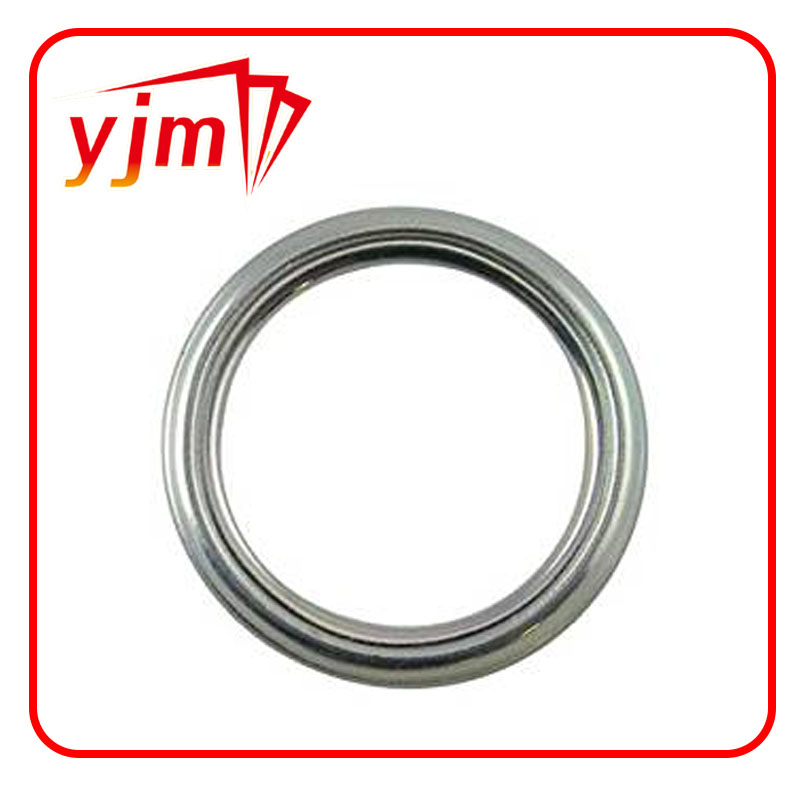Power Steering Gearbox Seal Replacement Tips and Maintenance Guide for Optimal Performance
Understanding Power Steering Gear Box Seals Importance and Maintenance
Power steering systems are crucial components in modern vehicles, enhancing the driver's ability to maneuver by reducing the amount of effort required to turn the steering wheel. A critical part of this system is the power steering gear box, which contains several elements, including seals that help maintain hydraulic pressure, prevent fluid leaks, and ensure smooth operation. This article delves into the importance of these seals, their function, maintenance requirements, and common issues that arise when they fail.
What is a Power Steering Gear Box Seal?
The power steering gear box seal is designed to keep the hydraulic fluid contained within the steering gear assembly, preventing leaks that could diminish the system's efficiency. These seals are typically made of durable materials such as rubber, silicone, or polyurethane, engineered to withstand high pressure and varying temperatures. The effectiveness of these seals directly impacts the performance of the power steering system.
Importance of Power Steering Gear Box Seals
1. Leak Prevention One of the primary functions of these seals is to prevent hydraulic fluid leaks that can compromise steering performance. Any loss of fluid can lead to increased effort required to steer, making the vehicle less responsive and more difficult to control.
2. Maintaining Pressure Seals help maintain the necessary hydraulic pressure within the steering gear box. Proper pressure is essential for the system to function correctly; it facilitates easy and precise steering, particularly when maneuvering at low speeds or making sharp turns.
3. Protecting Internal Components The seals also serve the purpose of keeping contaminants, such as dirt and moisture, out of the gear box. This is vital for the longevity of the internal components, as contamination can lead to increased wear and potential failure.
Maintenance Tips
To ensure that power steering gear box seals continue to function effectively, regular maintenance is critical
. Here are a few tips- Check Fluid Levels Regularly inspect the power steering fluid levels and top them off as necessary. Low fluid levels can indicate a leak, often due to a failing seal.
power steering gear box seal

- Inspect for Leaks Conduct visual inspections under the vehicle and around the steering gear box for signs of fluid leaks, which can appear as wet spots or puddles.
- Replace Worn Seals Over time, seals can wear out and lose their effectiveness. If you notice any symptoms of seal failure, such as increased steering effort or fluid loss, it may be necessary to replace the seals.
- Use Quality Fluids Always use the manufacturer's recommended power steering fluid. Using substandard fluids can contribute to seal deterioration.
Common Issues Related to Seal Failure
When power steering gear box seals fail, several issues may arise
- Increased Steering Resistance A noticeable increase in effort required to turn the steering wheel can occur, impacting driving safety and comfort.
- Fluid Leaks As seals deteriorate, they can no longer contain the hydraulic fluid, resulting in leaks that may require immediate attention.
- Noise A failing power steering system may produce whining or grinding noises, indicating low fluid levels due to leaks or internal damage.
Conclusion
Power steering gear box seals play an essential role in the efficiency and safety of a vehicle's steering system. Understanding their function and maintaining them diligently can help prevent costly repairs and ensure a smooth driving experience. Regular inspections and prompt action at any sign of seal failure will go a long way in keeping your power steering system functioning optimally. Remember, a well-maintained steering system not only enhances vehicle performance but also plays a critical role in your safety on the road.
-
The Ultimate Guide to Car Repair Kits: Tools and Essentials Every Driver Should Own
News Aug.01,2025
-
The Complete Guide to Oil Pan Gaskets: Sealing Engine Leaks the Right Way
News Aug.01,2025
-
Preventing Oil Leaks: A Complete Guide to Oil Pan Gaskets and Drain Seals
News Aug.01,2025
-
Everything You Need to Know About Oil Pan Gaskets and Drain Plug Seals
News Aug.01,2025
-
Essential for Car Owners: How to Use a Car Repair Kit to Deal with Minor Breakdown
News Aug.01,2025
-
Comprehensive Guide to Engine Oil Sump Gaskets and Related Seals
News Aug.01,2025
-
The Ultimate Guide to Boat Propeller Bearings and Trailer Wheel Bearings
News Jul.31,2025
Products categories















